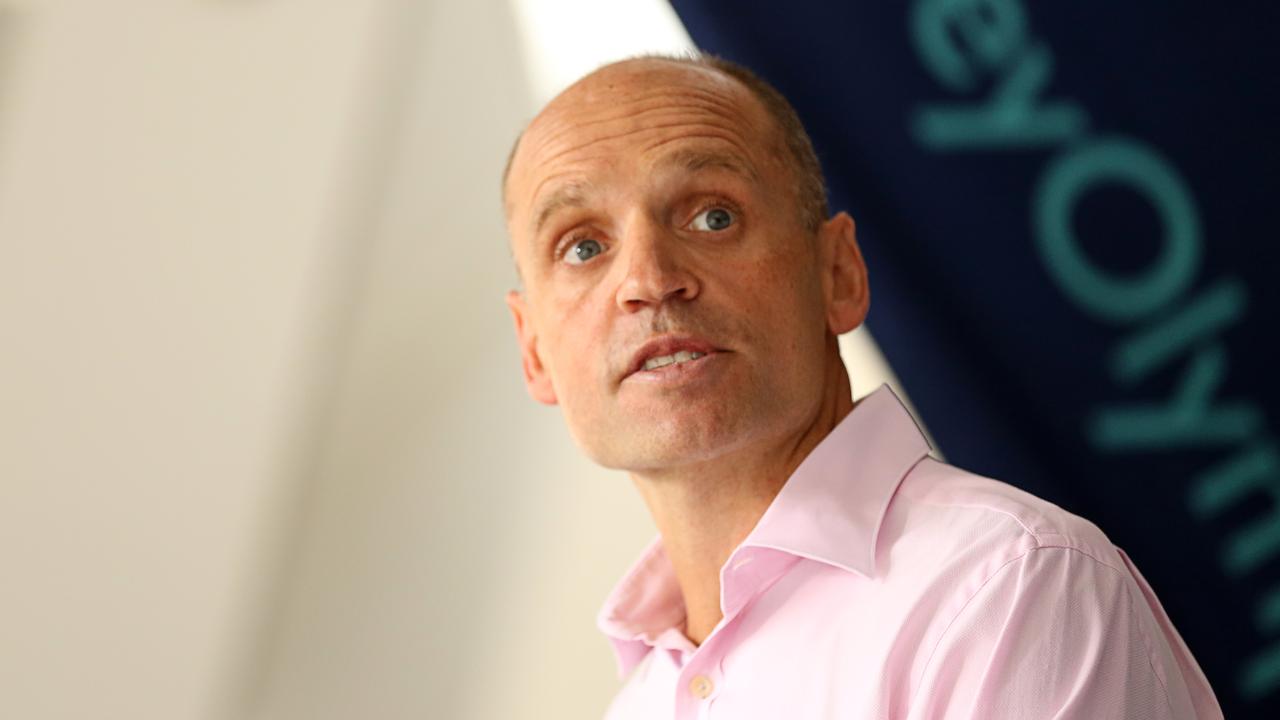Productivity collapse a ‘clear and present danger’ to the economy
Labour costs now growing faster here than in the United States, where wages inflation has forced the Federal Reserve to push interest rates above 5 per cent.

Australia’s poor productivity performance has become a “clear and present danger” to the economy, with labour costs now growing faster here than in the US, where wages inflation has forced interest rates above 5 per cent.
A week after Reserve Bank board minutes raised the alarm that a failure to return productivity to the “modest” pre-pandemic level would make it harder to bring inflation under control, Judo Bank economic adviser Warren Hogan said Australia’s uncompetitive economy matched with expensive labour and rising interest rates could send an increasing number of firms into insolvency over the year ahead.
Mr Hogan said productivity has moved from a sometimes abstract concept to “a clear and present danger to Australia’s economic performance” in the near future.
As mining giant BHP and Master Builders Australia expressed grave concerns about Labor’s second wave of industrial relations reforms, Mr Hogan said Australia’s high cost of labour would complicate efforts to revitalise our manufacturing industry. He said “the RBA in particular, but also the Treasurer (Jim Chalmers), have started to reignite the productivity conversation”.
“That conversation from top-level economic officials is typically in the context of structural reform and longer-term issues in the economy. But we are now at the stage in the cycle, and a situation with inflation and wages, where the productivity issue is a clear and present danger to economic performance … that is the big difference over the last month,” he said.
The former ANZ chief economist said the high cost of Australian workers versus our global competitors had played its part in driving the demise of the manufacturing sector over the past three decades, and would complicate Labor’s plans to revitalise the sector via measures such as the $15bn National Reconstruction Fund, to launch mid-year.
“The biggest factor driving this demise has been a lack of a cohesive industry policy that provides the right incentives for global businesses to invest here. Whether that’s related to greenfield investment, or infrastructure, or broader settings around energy or labour,” Mr Hogan said.
“Productivity, ultimately, at its source is driven by competition. So the big question is: do we have a competitive economy?” he said.
After increasing the cash rate target to 3.85 per cent earlier this month, financial markets are factoring in a 60 per cent chance of another rate rise by August.
Most economists also predict a 12th RBA hike over the coming three months, and a majority also believe it will also be the last.
While goods inflation has plunged, Morgan Stanley analysts said the recent collapse in productivity could keep inflation in the labour-intensive services sector stubbornly high, although they forecast just one more rate hike in August.
Changes in unit labour costs are considered a better indicator of pay-related inflationary pressures as they account for changes in productivity. That measures the average cost of labour per unit of output produced in the economy, and so is unchanged if an increase in the average cost of labour is matched by a proportionate increase in productivity.
Australia has recorded a 3.5 per cent drop in average output per hour worked in 2022 – the fastest drop on record.
That helped labour cost growth to jump to 7 per cent last year, which, excluding the pandemic, is the highest since mining investment boom times in 2011, and is now higher than the latest 6.3 per cent rise in the US.
RBA governor Philip Lowe has cited the US’s much higher wages growth as part of the justification for Australia’s more measured rate hike cycle here versus the US, where rates are above 5 per cent.
ANZ senior economist Felicity Emmett said it was revealing the minutes from the May 2 RBA board meeting mentioned productivity eight times.
“They are realising that while wages growth looks to be coming in relatively moderate and their forecasts on inflation look like they will be achieved, they are predicated on productivity returning to that pre-pandemic trend, and that is increasingly looking like it might be difficult to achieve,” Ms Emmett said.
Mr Hogan said a decade of falling borrowing costs had allowed an increasing number of inefficient and uncompetitive companies to continue operating, known as “zombie firms”.







To join the conversation, please log in. Don't have an account? Register
Join the conversation, you are commenting as Logout